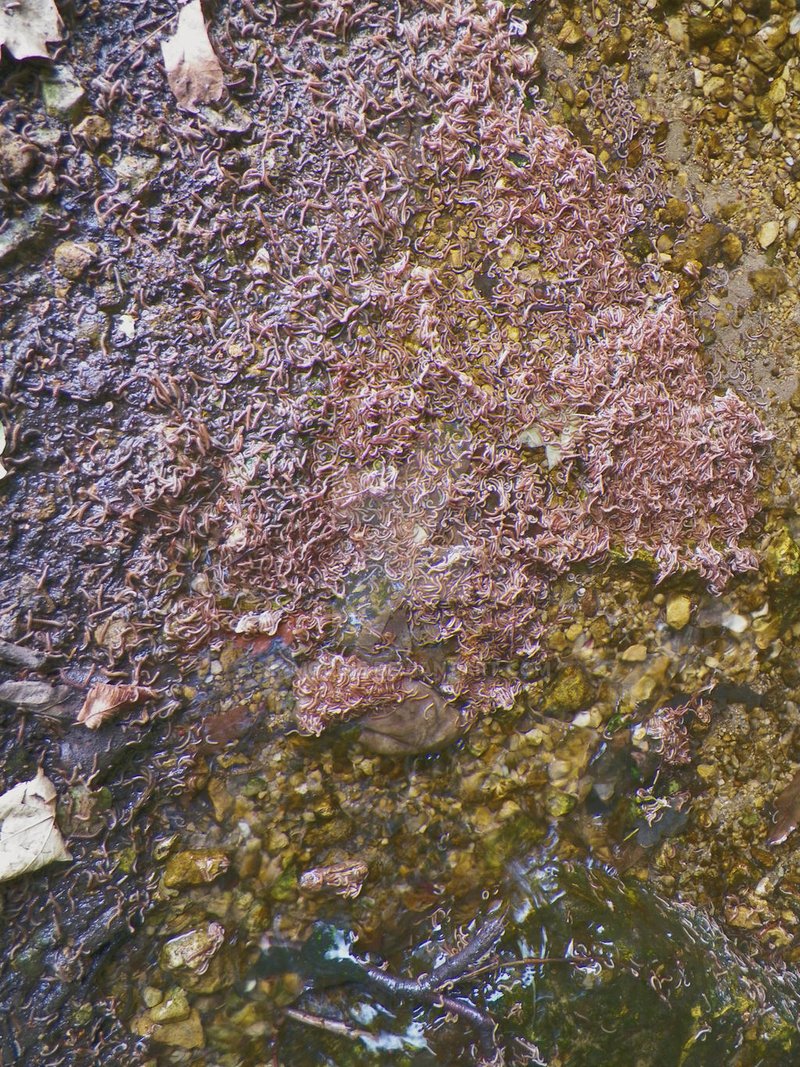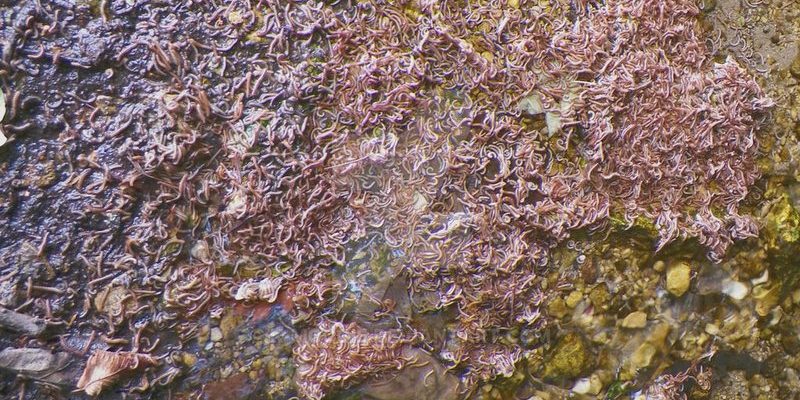
Glow worms, specifically the larval stage of a few species, are known for their bioluminescence, attracting prey with their glowing threads while being easy targets for larger predators. Imagine being at a dazzling concert, where the lights are flickering in sync with the music. That’s how glow worms operate, creating a spectacle that’s both functional and beautiful. As we explore their behavior, you might find yourself asking why they glow and how they live in these special communities.
What Are Glow Worms?
Glow worms belong to different species, but the most commonly discussed are *Lampyris noctiluca*, which are actually fireflies, and *Arachnocampa luminosa*, native to New Zealand and Australia. These little critters produce light through a chemical reaction in their bodies. It’s pretty incredible when you think about it! This bioluminescence helps them attract insects, which they catch in their sticky silk threads.
Here’s the thing: glow worms are in their larval stage for a significant part of their lives, sometimes up to a year! During this time, they focus on eating and growing. Adult glow worms, on the other hand, live for only about a week, mainly to reproduce. It’s a bit like a race against time. They create glowing webs to catch food, much like an artist weaving a masterpiece but with a more utilitarian purpose.
The Beauty of Bioluminescence
Seeing a glow worm colony is like stepping into a dream. The ethereal light they emit creates a magical atmosphere. But why do they glow? The primary purpose is to attract moths and other insects. When the insects see those sparkling lights, they are drawn in, only to find themselves trapped in the glow worms’ silk traps.
Imagine walking into a dimly lit room filled with flickering candles. The beauty captivates you, but each flame has a role to play in the ambiance. Similarly, in a glow worm colony, each glow serves a purpose. The brighter the lights, the more likely they are to attract prey. It’s a survival strategy that has worked for millions of years.
Colony Dynamics and Social Behavior
Like any good community, glow worm colonies have interesting behaviors that ensure their survival. Typically, glow worms live in groups, with each individual maintaining its own territory. This territorial behavior limits competition for food, allowing them to coexist without fighting.
You might be wondering how they manage this. Glow worms communicate through their light patterns. When one worm shines brightly, others might dim their lights to avoid drawing too much attention from predators. This kind of teamwork is vital. It’s a bit like a group of friends deciding to blend in at a concert so they don’t get noticed by security.
Feeding Techniques: A Sticky Situation
The feeding strategy of glow worms is where they truly shine—quite literally! They produce silk threads that hang from the ceilings of caves or trees. These threads are sticky and trap unsuspecting insects drawn by the glowing lights.
When an insect gets caught, the glow worm pulls it up with its thread. It’s almost like drawing a curtain to reveal a hidden treasure. Interestingly, the silk strands can also be somewhat stretchy; this allows the glow worm to reel in its catch effectively. So, while it may look like a delicate dance of light, it’s actually a gruesome method of survival.
Reproduction: The Light’s Purpose
Once glow worms reach adulthood, their main goal is to reproduce, and they do so in a rather dramatic fashion. The male glow worms fly around, hunting for females who are still in their larval form. The females emit light patterns to signal their readiness to mate, creating a dazzling display.
This courtship can take hours and involves a lot of flashing and responding. It’s a bit like a dance-off, where each side tries to outshine the other. After mating, females will lay their eggs and then continue to glow until they die, a bit like a candle burning down to its end. This process ensures that future generations will carry on the glow worm legacy.
Threats and Conservation
Despite their glowing allure, glow worms face multiple threats in the wild. Habitat destruction, pollution, and climate change are all detrimental to their existence. As caves are disturbed and ecosystems change, these delicate colonies find it harder to survive.
Conservation efforts are crucial to ensuring these mesmerizing creatures thrive. By protecting their habitats and raising awareness about glow worms, we can help maintain their populations. It’s like tending to a garden; with the right care, beautiful things can flourish for all to enjoy.
Final Thoughts on Glow Worm Behavior
Exploring glow worm colony behavior is like unraveling a mystery wrapped in light. From their bioluminescent displays to their unique feeding and reproductive habits, these creatures are more than just pretty lights—they’re a testament to nature’s marvels and complexities.
So, the next time you find yourself in a dark cave or forest and see those enchanting lights, remember the intricate world that exists beyond the glow. Glow worms remind us of the wonders of nature and the importance of preserving these delicate ecosystems for generations to come. Let’s keep the glow alive!

